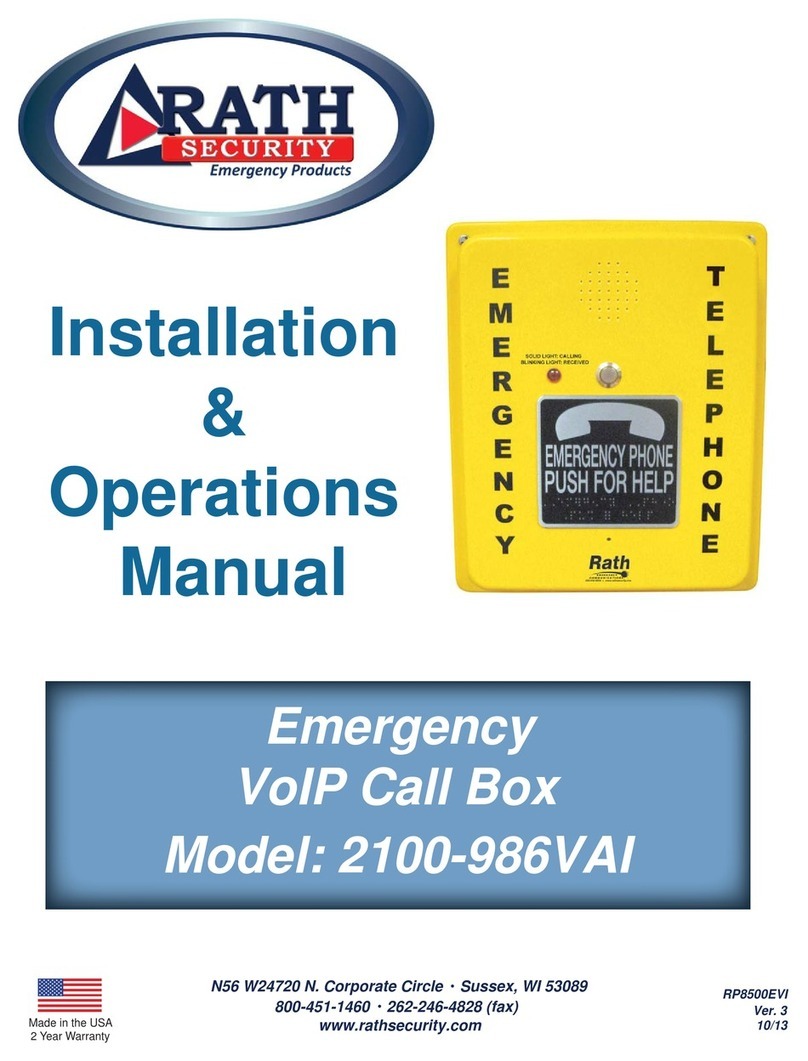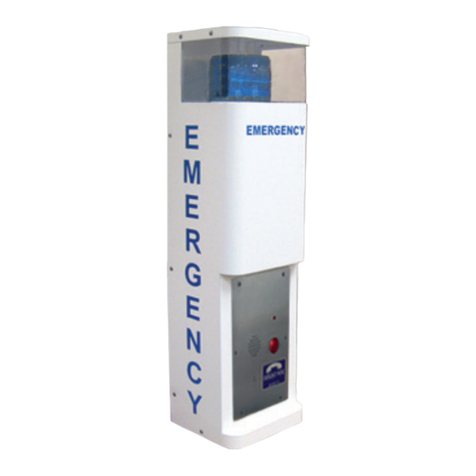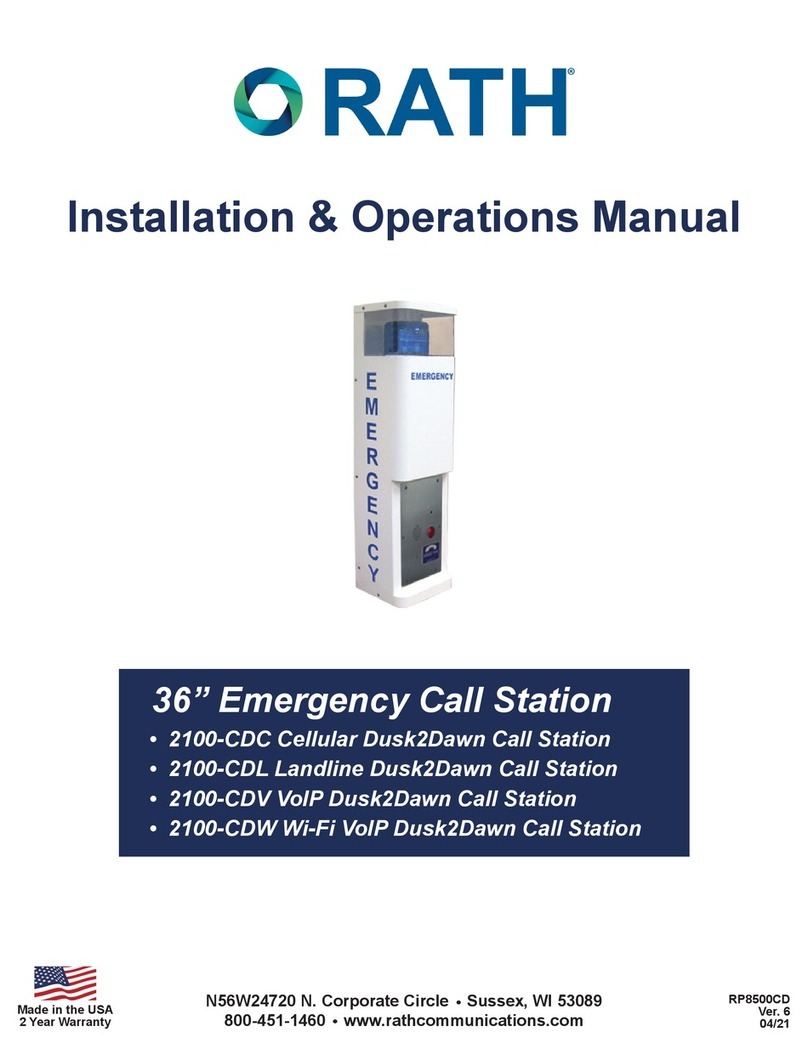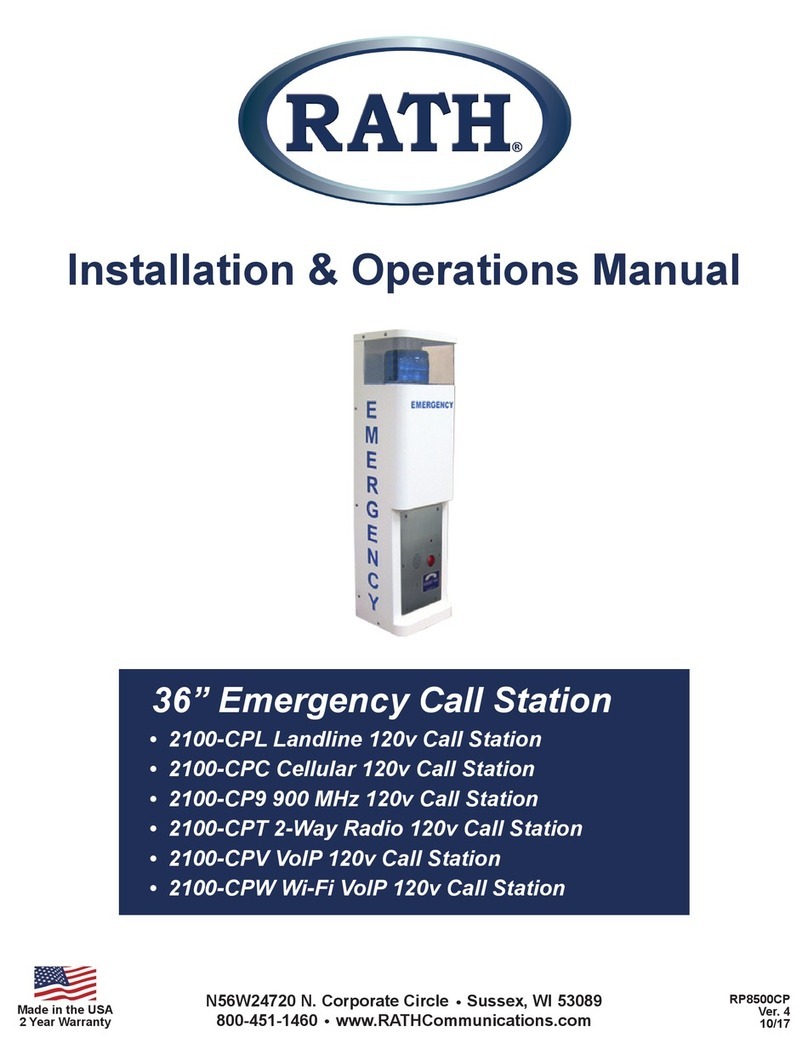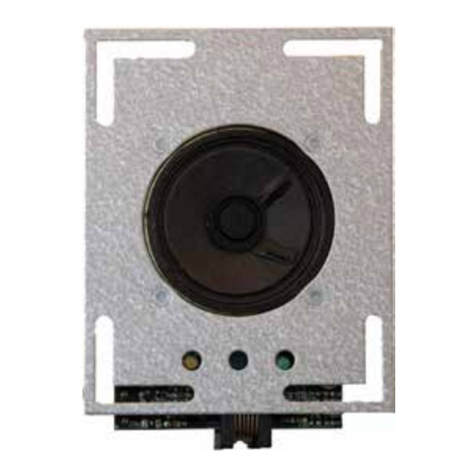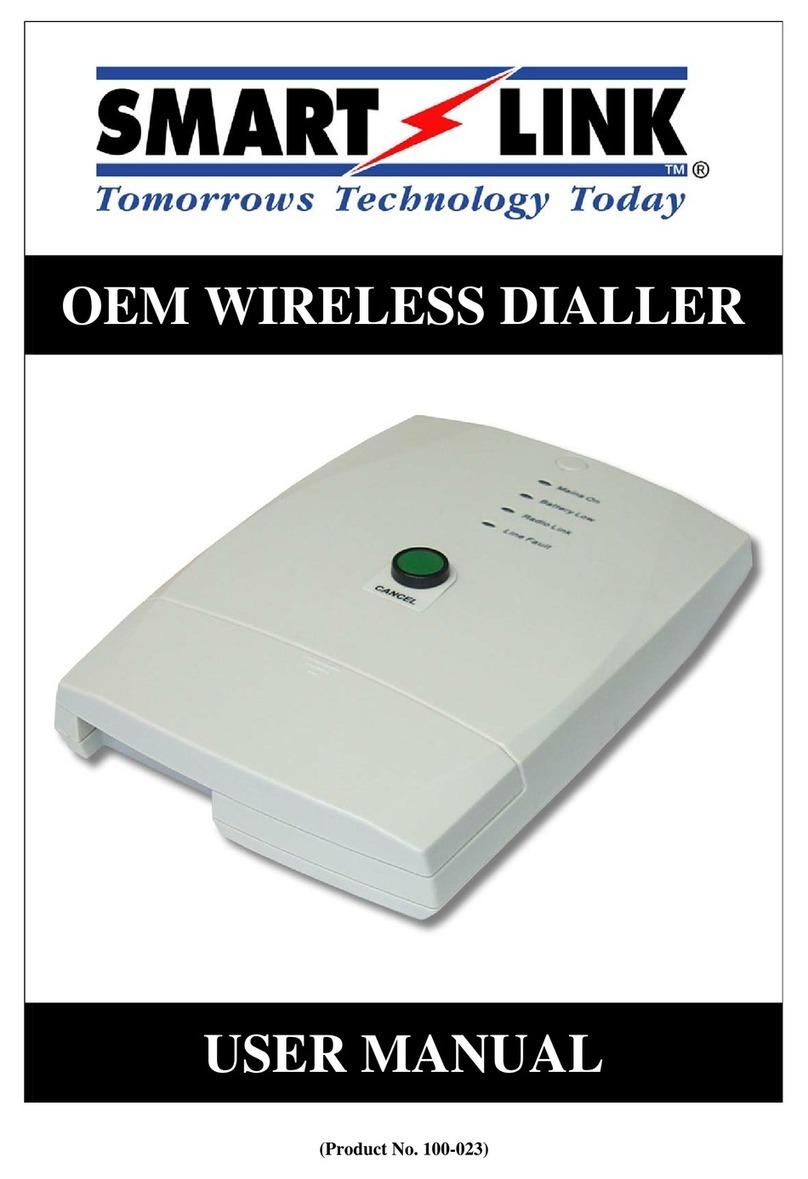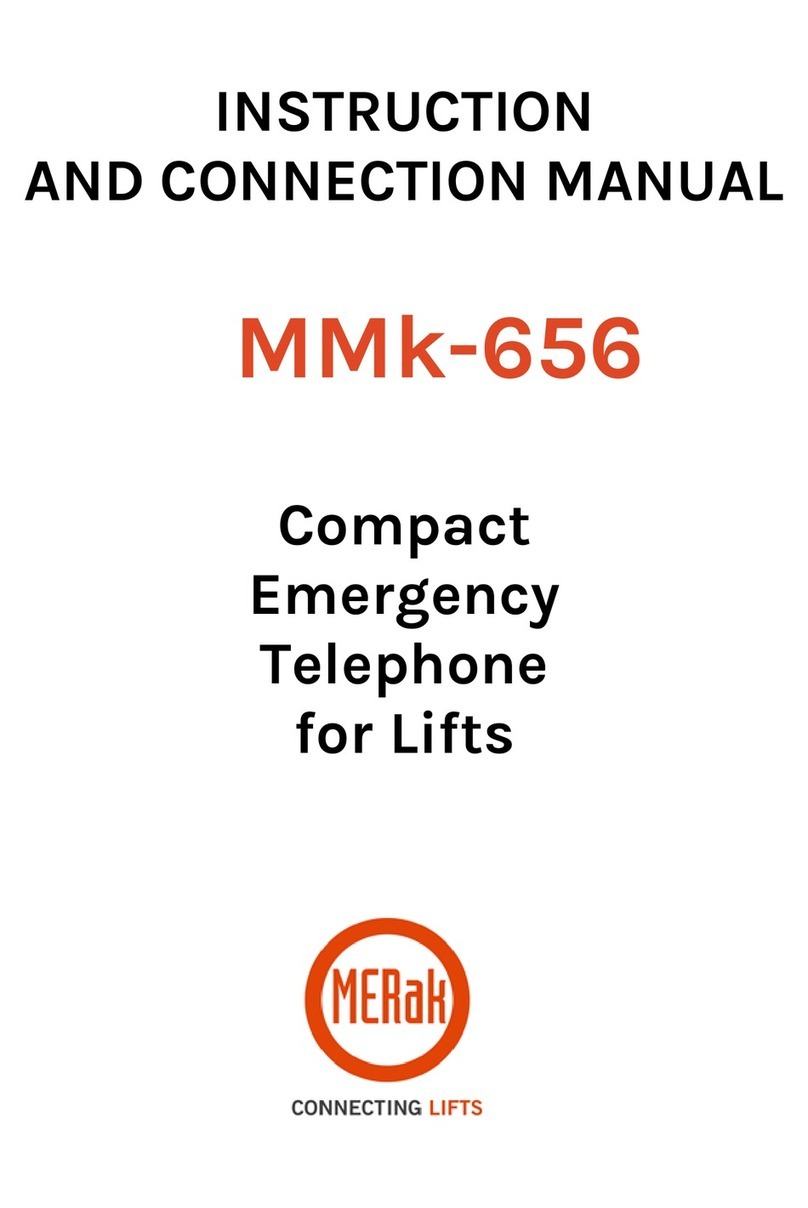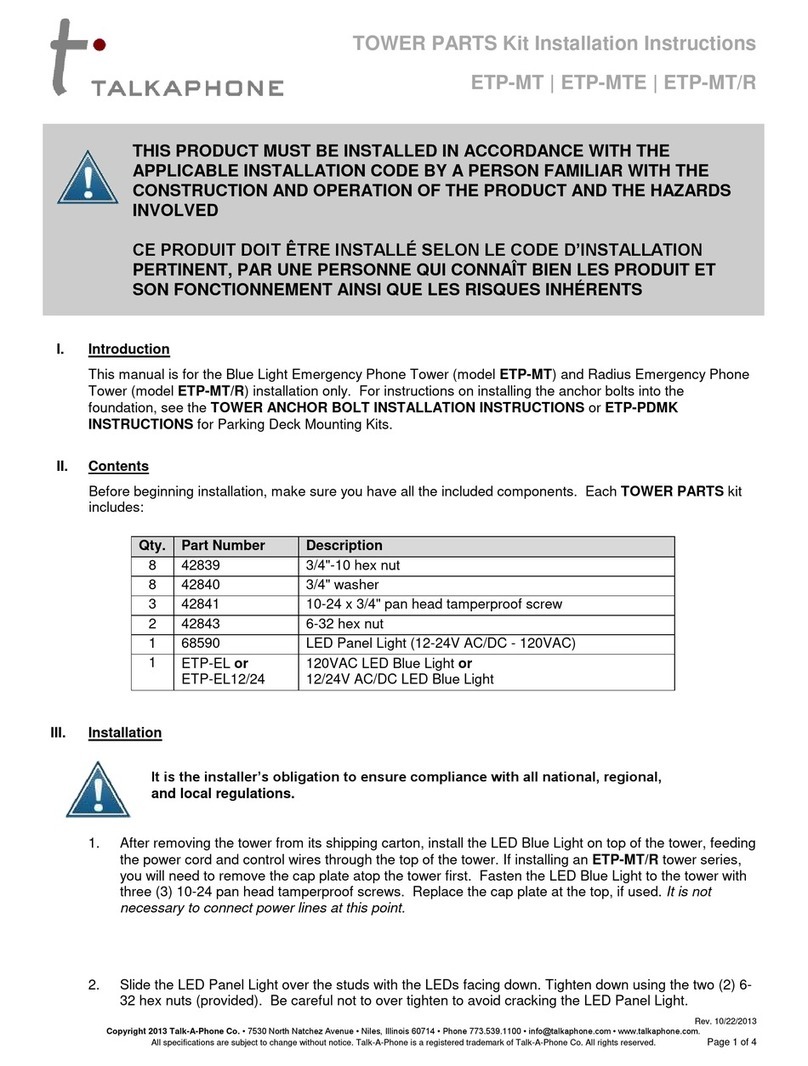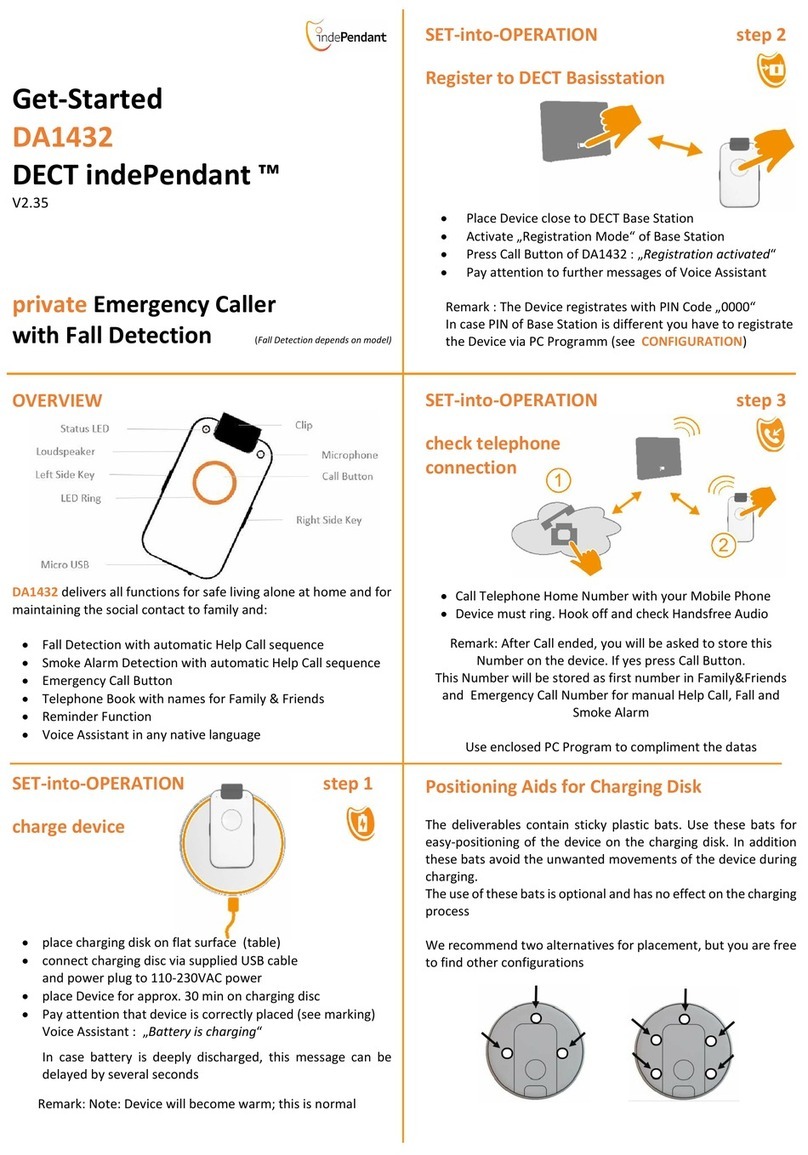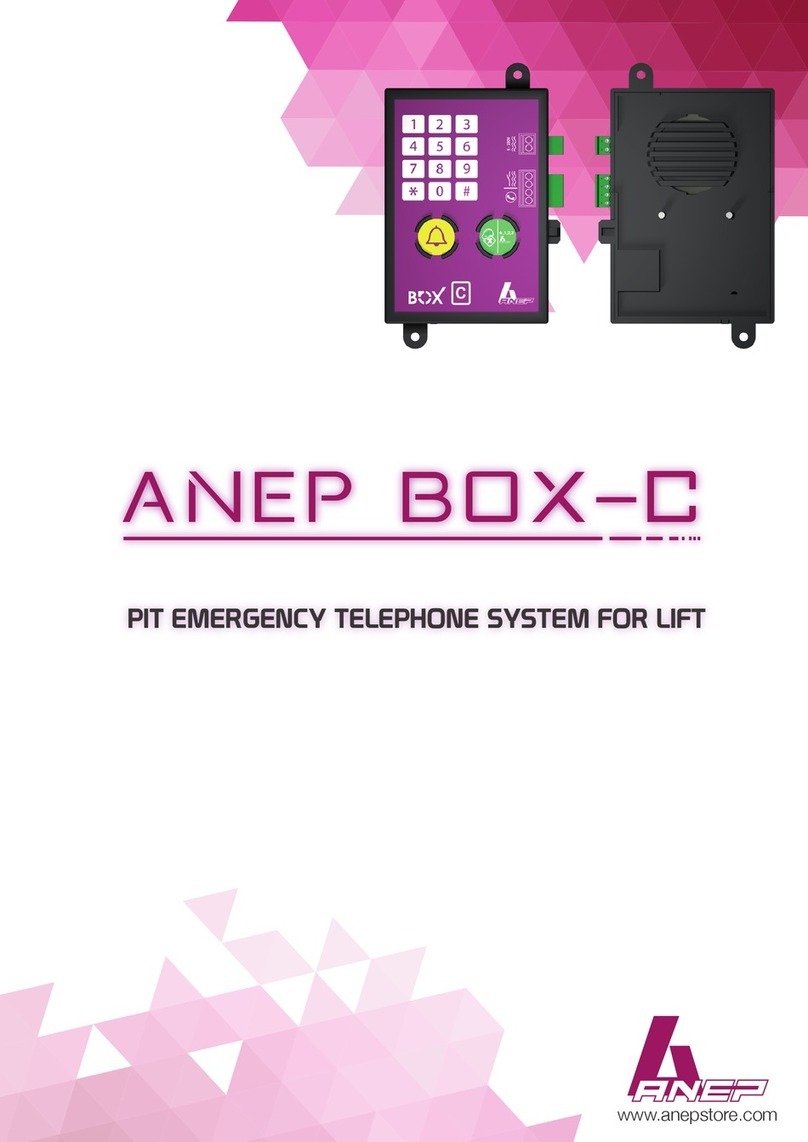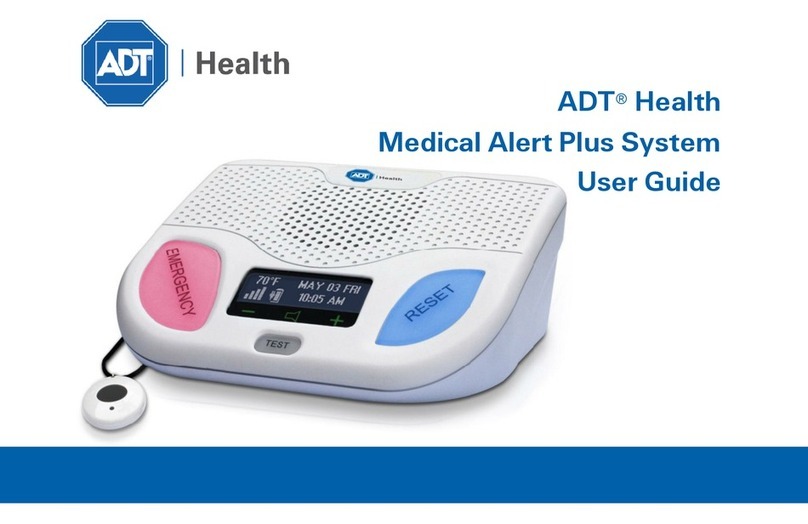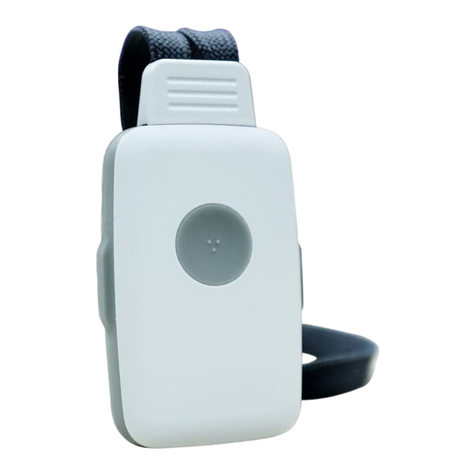Rath Multi-Line Command Center User manual
Other Rath Emergency Phone manuals
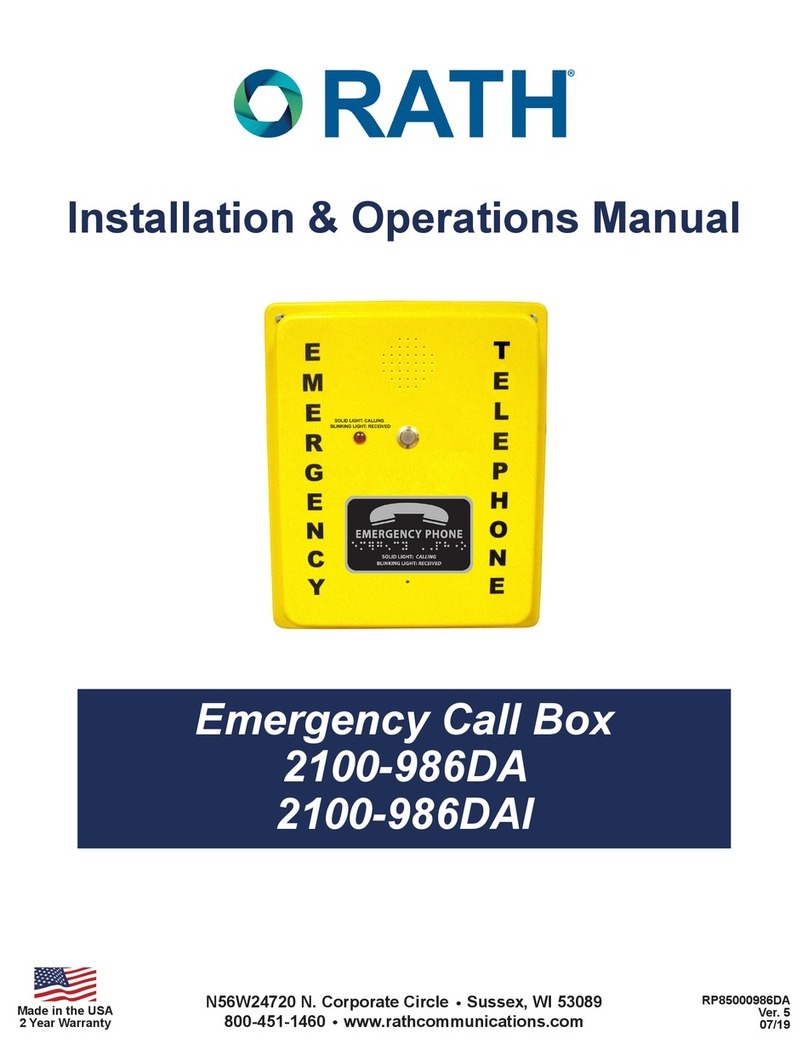
Rath
Rath 2100-986DA User manual
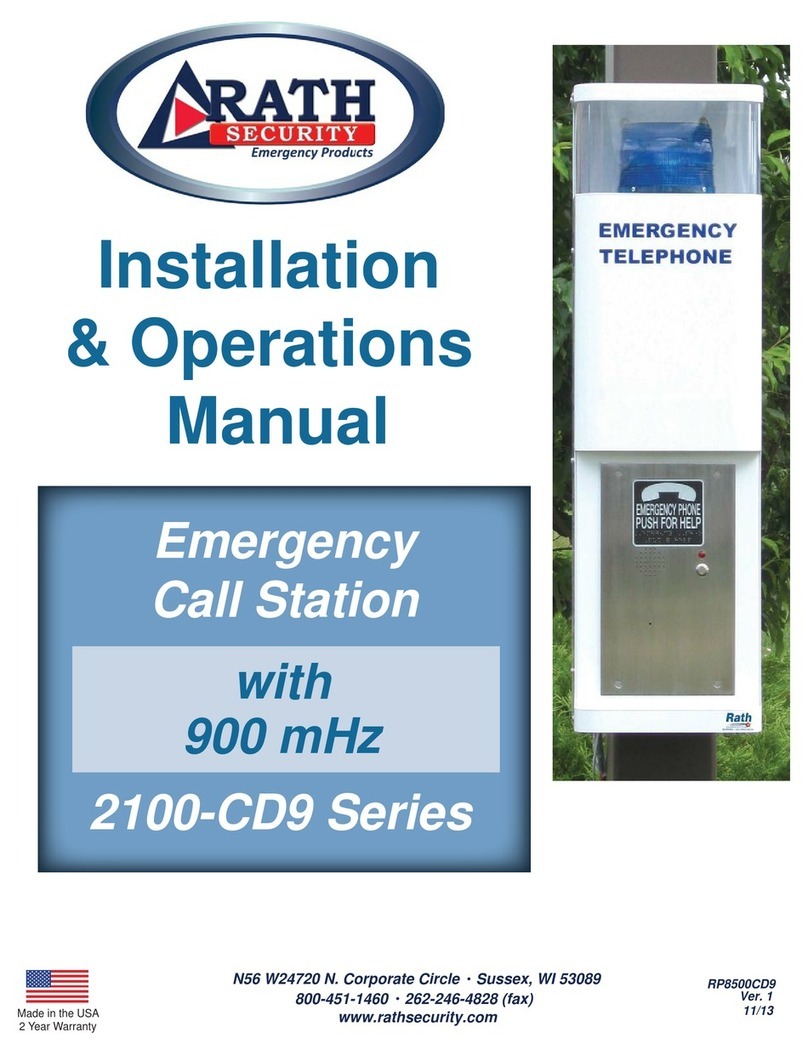
Rath
Rath Dusk2Dawn 2100-CD9 Series User manual
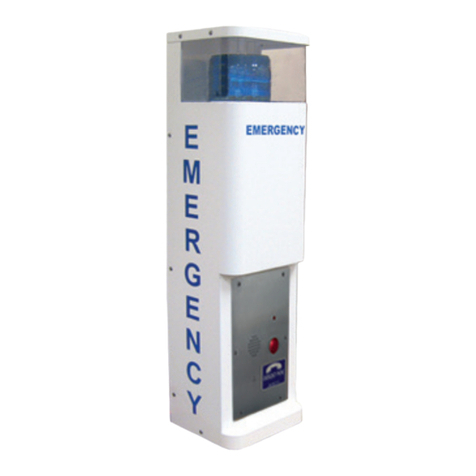
Rath
Rath 2100-CD9 User manual

Rath
Rath 2100-CPV User manual
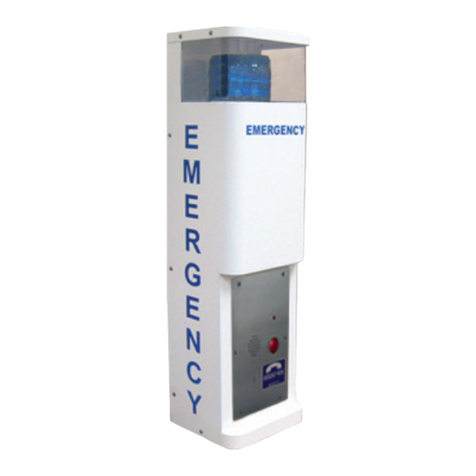
Rath
Rath 2100-CPL User manual
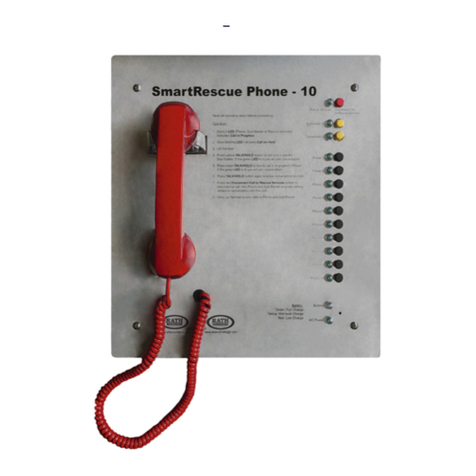
Rath
Rath SmartRescue 5 User manual
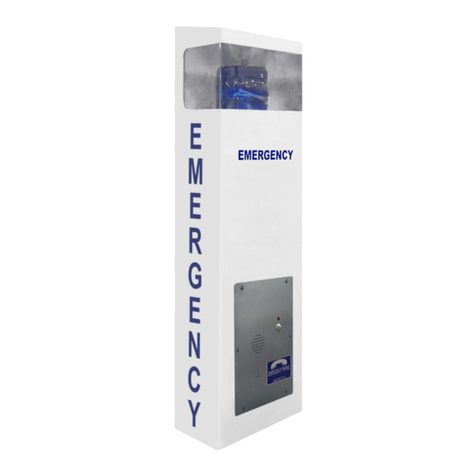
Rath
Rath 2100-ELL2 User manual
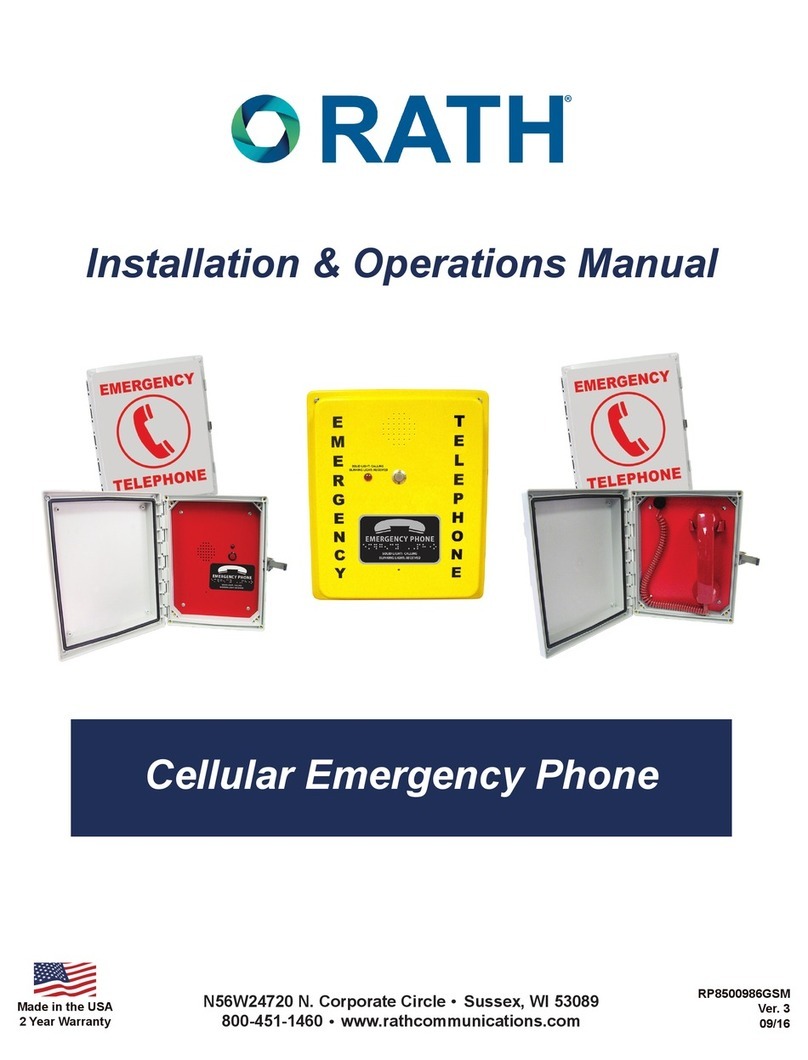
Rath
Rath 2100-986GSM User manual
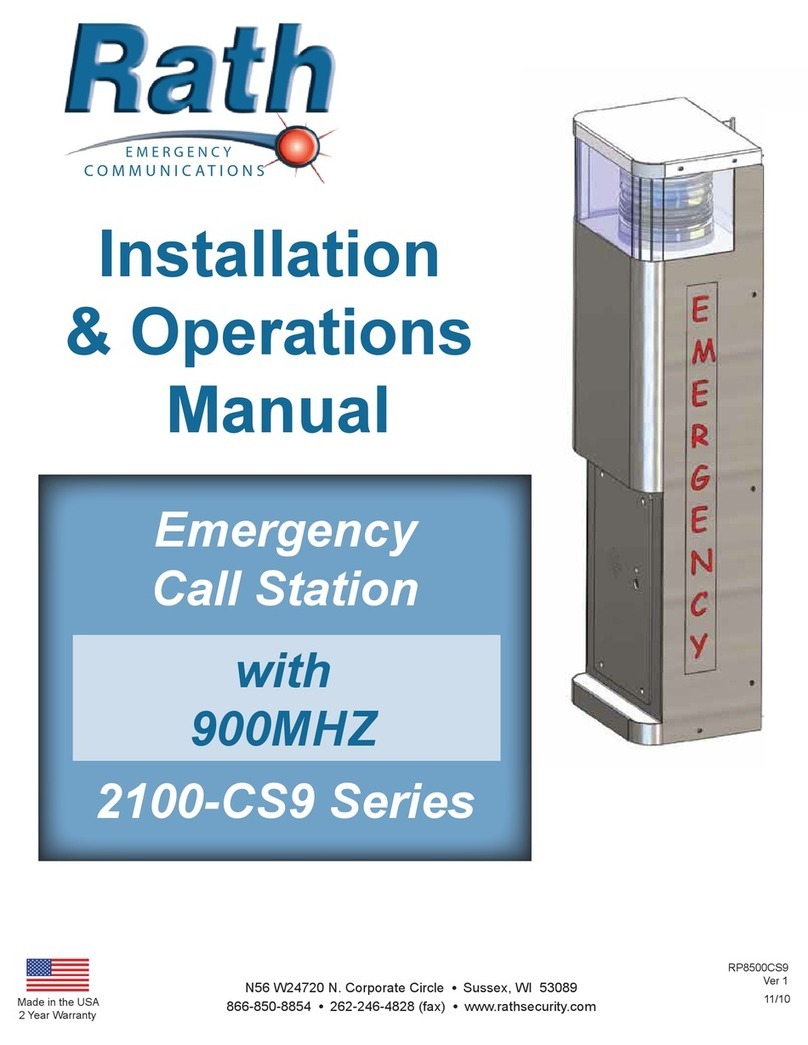
Rath
Rath 2100-CS9 User manual
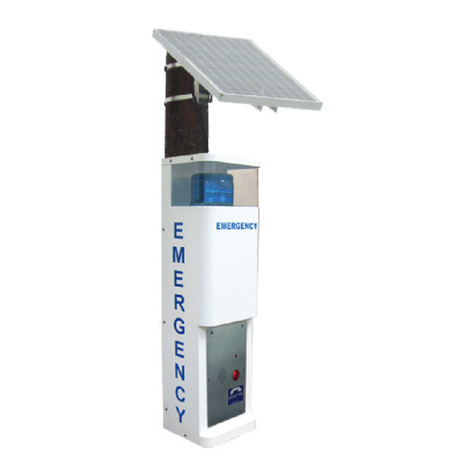
Rath
Rath 2100-CSL User manual

Rath
Rath 2100-PLL Landline 12v Pedestal User manual
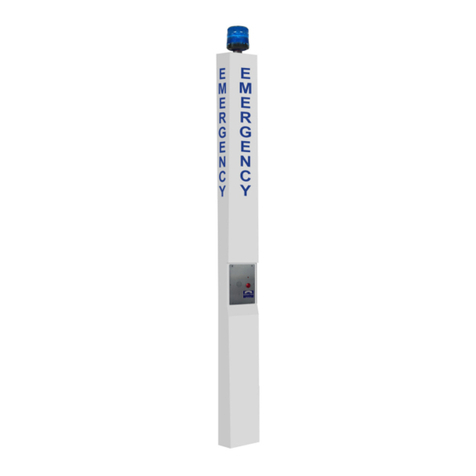
Rath
Rath 2100-TL9 User manual
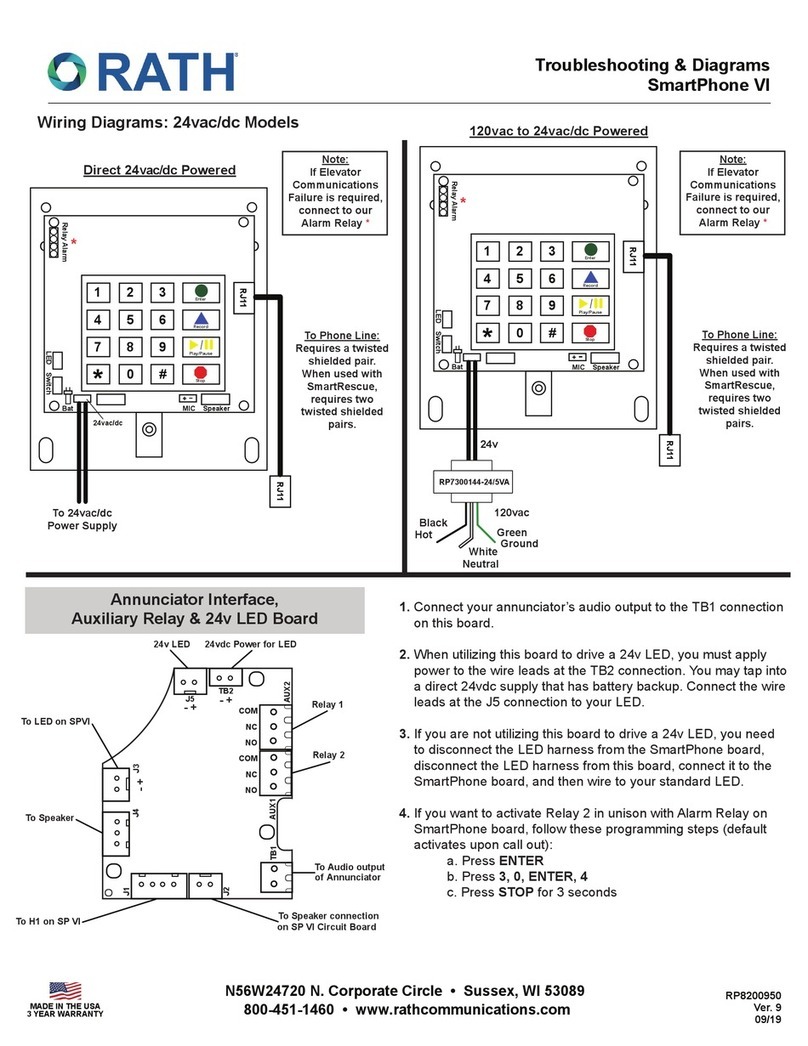
Rath
Rath SmartPhone VI Quick start guide
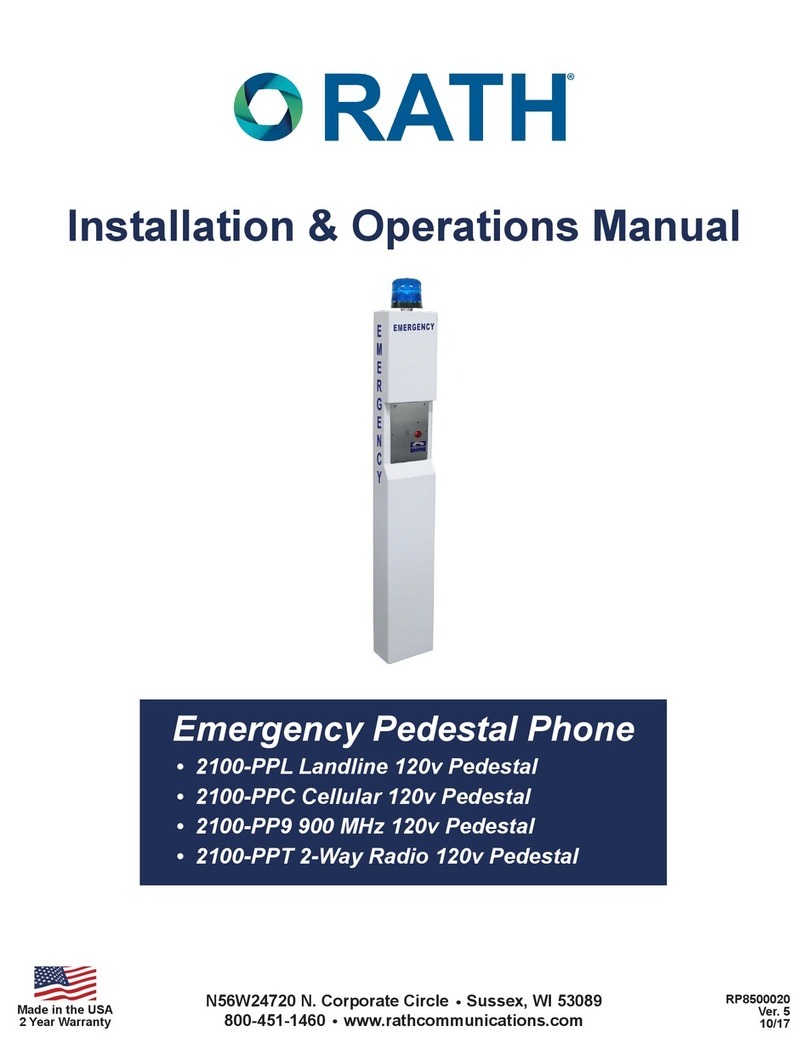
Rath
Rath 2100-PPL User manual

Rath
Rath 2100-PL9 900 MHz 12v Pedestal User manual

Rath
Rath SmartRescue 5 User manual
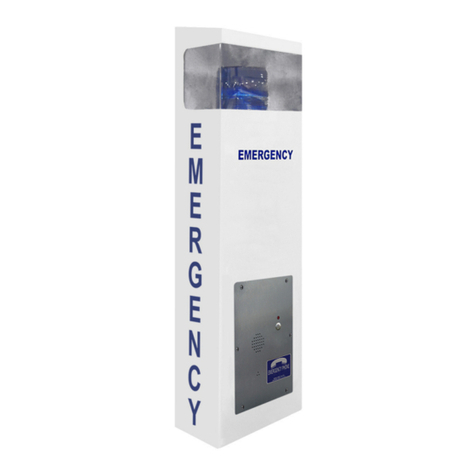
Rath
Rath 2100-EPV2 VoIP User manual

Rath
Rath 2500-205D User manual
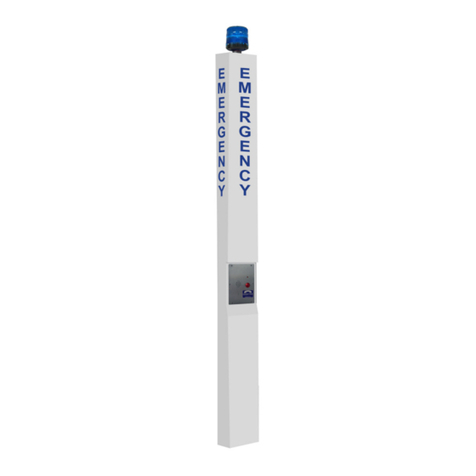
Rath
Rath 2100-TLL Landline 12v Tower User manual
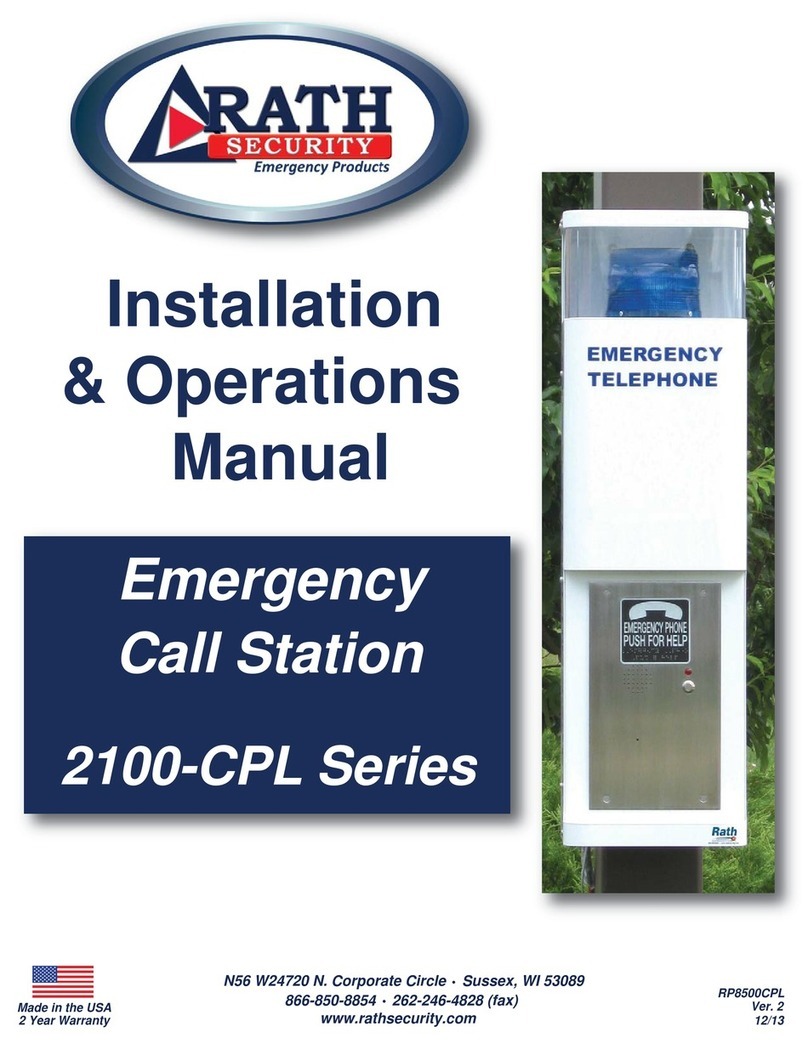
Rath
Rath 2100-CPL User manual
Popular Emergency Phone manuals by other brands
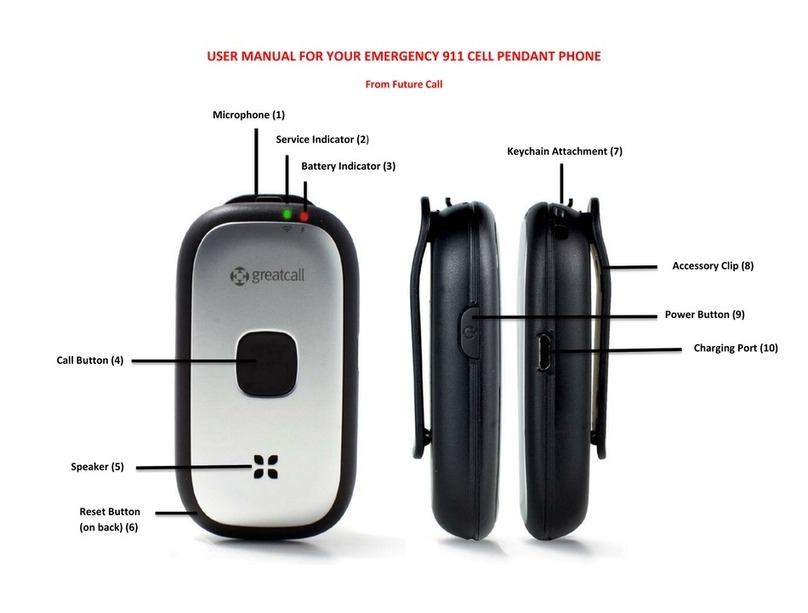
Future Call LLC.
Future Call LLC. Emergency 911 user manual
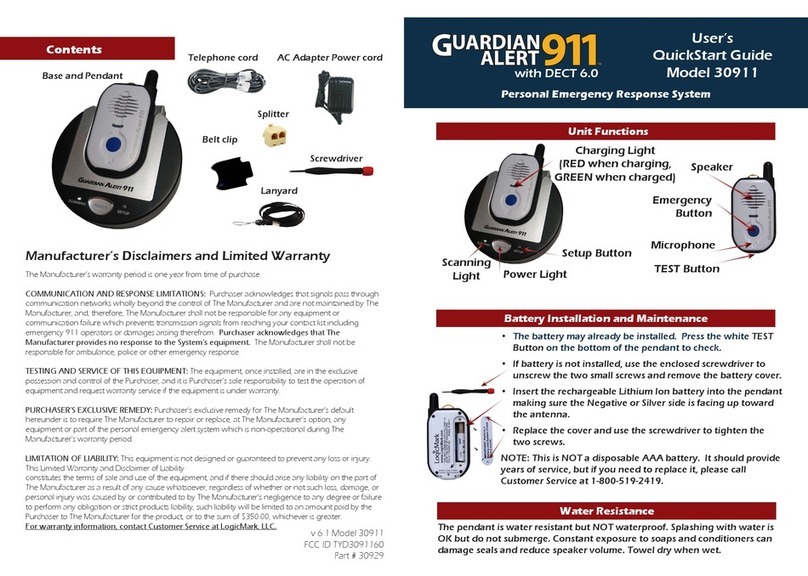
LogicMark
LogicMark GUARDIAN ALERT 911 User's quick start guide
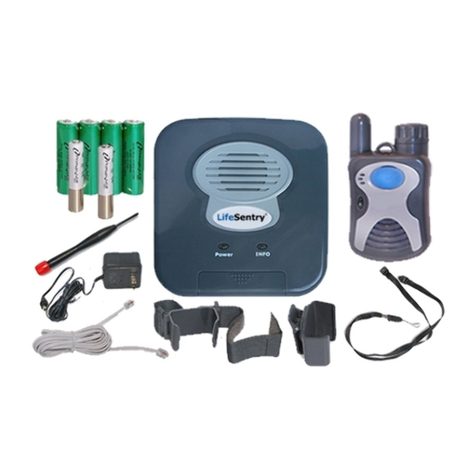
LogicMark
LogicMark 37911 User's Quick Install Guide

DEXAPLAN
DEXAPLAN BA 611 operating instructions
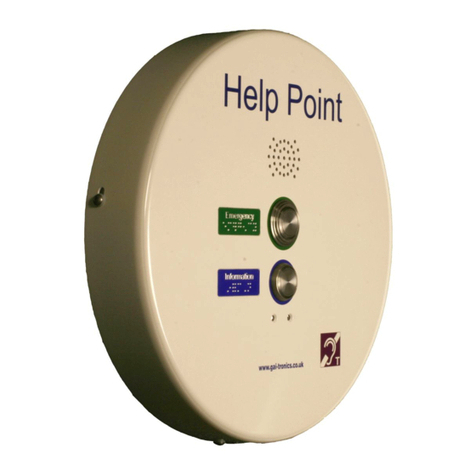
GAI-Tronics
GAI-Tronics PHP400 Installation and user guide

switel
switel POWERTEL TF 51 operating instructions
